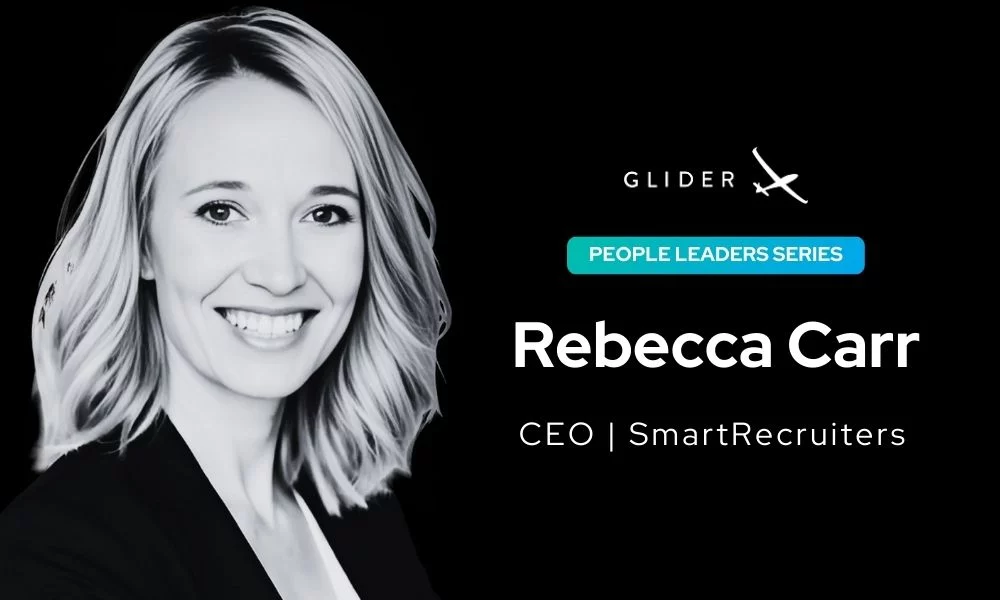Proper planning and foresight can make your recruitment steps as effective as possible. It would help if you had a proactive talent acquisition strategy that you can constantly depend on — one that will shorten your time-to-hire, reduce cost-per-hire, and attract top-tier candidates.
Let’s dive into ten concrete ways to enhance your company’s recruitment procedure without further ado!
Ten Ways to Reduce Time to Hire
1. Create and Implement A Structured Hiring Process.
Not having a structured recruitment process can prolong your hiring period, as you start from scratch with each new vacancy.
Take the time to map the process out visually to identify bottlenecks. Ask yourself: What does the candidate’s journey look like from start to finish? What recruitment steps are involved, and how long do they take? Where does the process get stuck or experience delays?
A structured employee recruitment process makes qualifying and selecting candidates faster and cheaper. With a well-documented process, you and your team will know precisely what actions to take at each step.
Tip: Be sure to chart your entire recruitment journey from the perspectives of both the recruiter and the candidate. This dual perspective can uncover areas ripe for automation and further refinement.
2. Improve Your Job Listing and Job Description.
Writing the job description is arguably one of the most important steps to hiring a new employee, but many recruiters must do it properly. This can negatively affect the quality and quantity of initial applicants.
The good news is that it’s easy to write better job descriptions. You can dramatically improve your listing by simply making it gender-neutral. Did you know that gender-neutral job descriptions attract 42% more candidates? Make your ads inclusive to expand your pool of applicants and enhance candidate quality.
3. Build A Talent Pipeline Ahead of Time.
A talent pipeline is a reservoir of pre-vetted candidates ready to be tapped into. It eliminates three major time sinks in traditional hiring: posting job ads, waiting for applications to trickle in, and sifting through giant pools of unqualified candidates. You’ve already assessed these candidates’ skills and experience against specific criteria, so you don’t have to repeat the initial screening phase.
To build an effective talent pipeline:
- Identify roles you frequently need to fill.
- Define the requirements for these roles.
- Find out where your ideal candidates gather (such as conferences and social media networks).
- Reach out to potential candidates and maintain contact by sharing valuable content and inviting them to informal meetups.
4. Reduce Time-To-Hire by Collecting the Correct Data.
Begin by assessing:
- How long it takes (on average) to fill a role
- The time candidates spend moving between recruitment stages
- How do your hiring times compare to industry standards
- The time from final selection to job offer
- The ratio of quality applications you receive
Identify data points that raise concerns and look for improvement opportunities. For example, are your hiring managers taking too long to respond to applicants during the recruitment selection process? This could be a sign that they’re overburdened. To reduce their workload, you could automate resume screening and interview scheduling tasks.
5. Identify and Measure Key Performance Metrics.
Zoning in on specific performance indicators can make it easier to pinpoint where your recruitment procedure is lagging. Consider monitoring these key metrics:
- Sourcing channel efficiency (to identify the most prolific candidate sources)
- The number of qualified candidates (the proportion that advances past initial screening)
- The submit-to-interview ratio (which should ideally be 1:1, indicating no bottlenecks in sourcing or screening)
6. Improve Your Careers Page and Offer Applicants A Better Experience.
Your careers page is the first impression you make on potential hires. Candidates usually visit it at least twice: (1) when they first find your job listing and (2) when they’re weighing an offer from you.
A Lackluster careers page can derail your recruitment steps at either stage. Good candidates might only abandon their application early if they find compelling information or decline your offer if your careers page showcases what makes your company a great place to work. Both scenarios increase your time-to-hire.
To turn your careers page into a magnet for top talent, provide precise details about your company culture, benefits, and career growth opportunities.
7. Invest in A Sound Applicant Tracking System (ATS).
A robust ATS keeps your recruitment steps organized. It lets you post job ads on multiple platforms with a few clicks, provides real-time application updates, and tracks candidate progress through the hiring stages. It also supports efficient interview scheduling, application sorting, talent pipeline management, and compliance checking while introducing automation into routine tasks.
8. Use Pre-Employment Assessment Software
Though they can be valuable, pre-employment assessments (such as skill tests, personality questionnaires, and cognitive ability assessments) can lengthen the hiring process unnecessarily. Mental ability tests may add approximately four days, while job skills tests and personality questionnaires add about 1.5 days each.
Note that top talent remains on the market for only about ten days, so you must reduce screening time to attract them. Using AI for rapid and accurate candidate screening can reduce time-to-hire without sacrificing quality.
9. Use an End-To-End Interview Platform.
An end-to-end interview platform allows users to schedule, conduct, and evaluate interviews seamlessly within one system, eliminating manual coordination. The result?
Your HR team saves valuable time while candidates enjoy a smooth and efficient interview process.
10. Make Interviewing Quick and Automate Scheduling.
Slow interview scheduling can grind your recruitment steps to a halt — primarily if you conduct multiple interview rounds, as each delay adds up.
The best solution is to automate the interview process.



